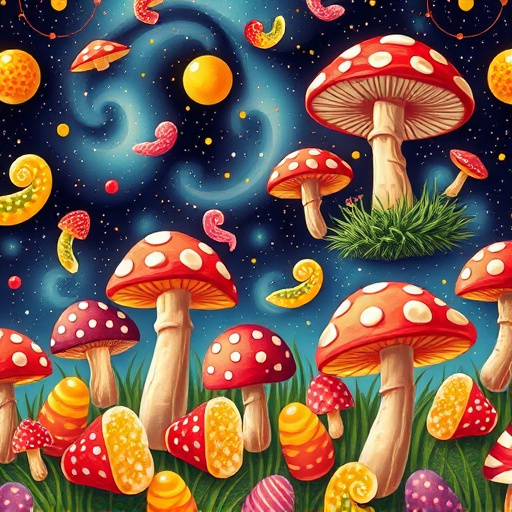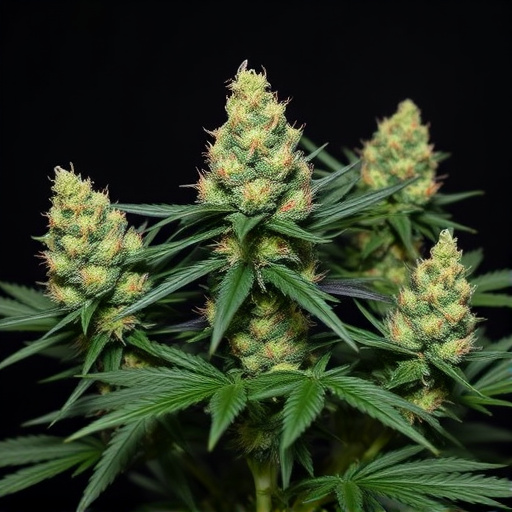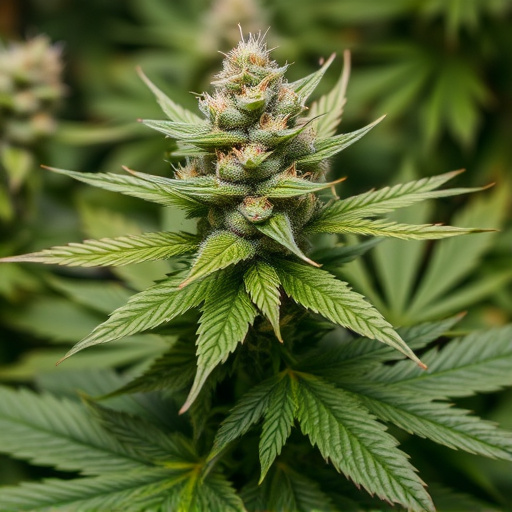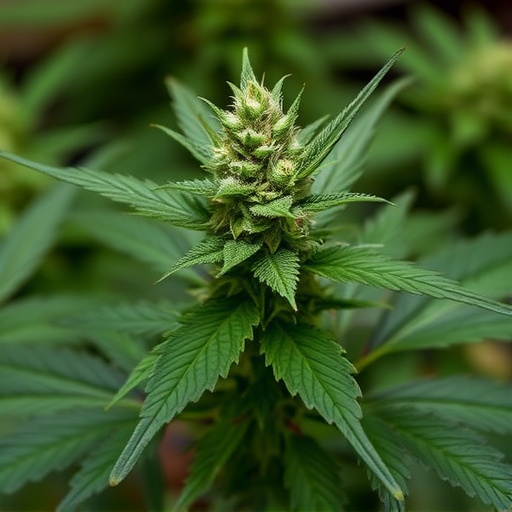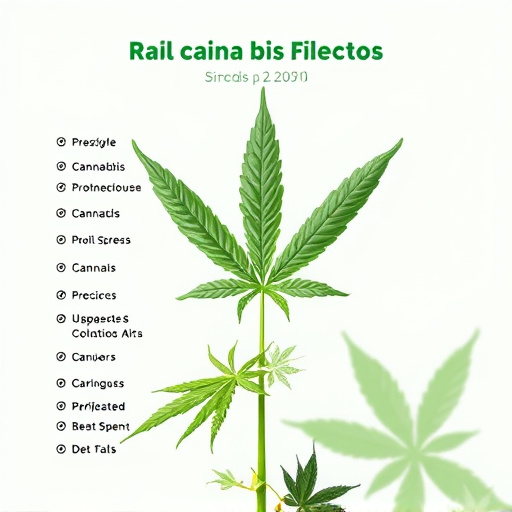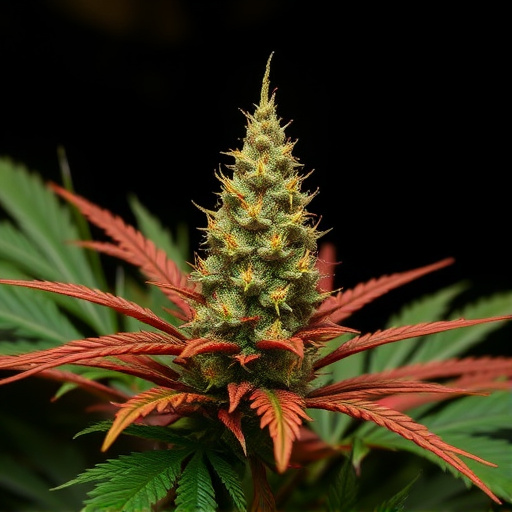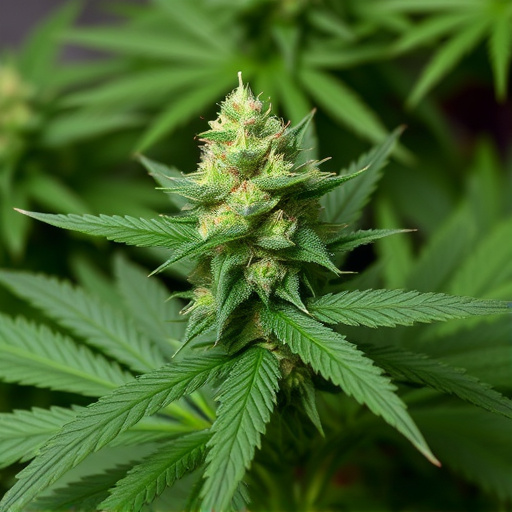Cannabis flowers' vibrant colors result from complex interactions between terpenes, cannabinoids, and pigments. Terpenes influence cannabinoid production, leading to varied hues like deeper myrcene-associated tones or lighter limonene-infused ones. Environmental factors, such as temperature, light, and humidity, also play a crucial role in determining the final colors of cannabis strains, impacting their visual appeal and perceived effects.
Cannabis flowers’ captivating hues, ranging from vibrant greens to rich purples, aren’t merely aesthetic. This color shift is a fascinating natural process driven by complex interactions between pigments, terpenes, and cannabinoids. As cannabis matures, these compounds dynamically transform, influencing the plant’s final bloom appearance. Understanding these changes offers insights into the diverse effects of different cannabis strains, enhancing both the cultivation and enjoyment of these remarkable plants.
- The Natural Pigment Shift: Understanding Cannabis' Color Change
- Terpene and Cannabinoid Profiles: Their Role in Color Variation
- How Environmental Factors Impact the Final Bloom Appearance
The Natural Pigment Shift: Understanding Cannabis' Color Change
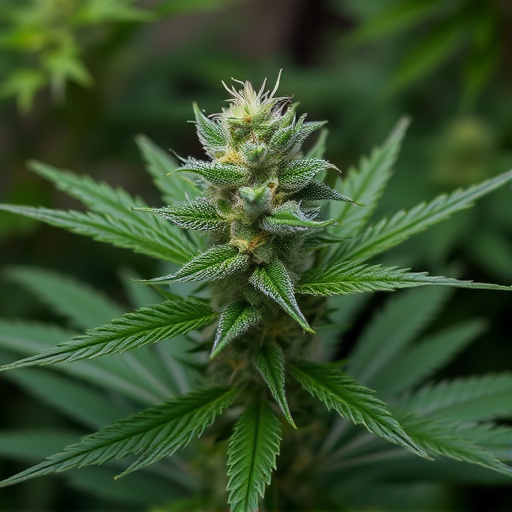
Cannabis flowers undergo a remarkable transformation as they mature, and one of the most visually striking aspects is their color change. This natural pigment shift isn’t just an aesthetic marvel; it’s a crucial indicator of the plant’s development and the potential effects of its strains. As cannabis flowers develop, they accumulate various pigments, including chlorophyll for photosynthesis, carotenoids that provide yellow to orange hues, and anthocyanins responsible for reds and purples. The balance of these pigments determines the final color.
The shift in color occurs as the plant’s production of chlorophyll decreases and other pigments become dominant. This process is influenced by environmental factors like light exposure, temperature, and even genetic predispositions specific to different cannabis strains. Understanding this natural pigment shift offers valuable insights into the diverse effects associated with various cannabis strains. Different colors can suggest varying levels of potency, unique terpene profiles, and distinct experiences for consumers.
Terpene and Cannabinoid Profiles: Their Role in Color Variation
Cannabis flowers exhibit a vibrant array of colors, from deep purples and blues to vivid greens and yellows, all thanks to the complex interplay of terpenes and cannabinoids. These chemical compounds not only contribute to the unique aroma and flavor profiles associated with different cannabis strains but also play a significant role in determining their visual appeal. Terpenes, known for their aromatic properties, can influence the final color of the flowers by interacting with cannabinoids like THC and CBD.
Each terpene has its own characteristic effects on cannabis plants, leading to variations in pigment production and distribution. For instance, myrcene, a common terpene found in many strains, is linked to deeper colors as it may enhance the absorption of certain wavelengths of light. On the other hand, limonene, with its citrusy scent, often contributes to lighter hues by potentially altering the reflection of light off the flowers’ surfaces. Understanding these chemical interactions provides insight into why cannabis strains exhibit such diverse and captivating colors, adding another layer to their already intriguing effects.
How Environmental Factors Impact the Final Bloom Appearance
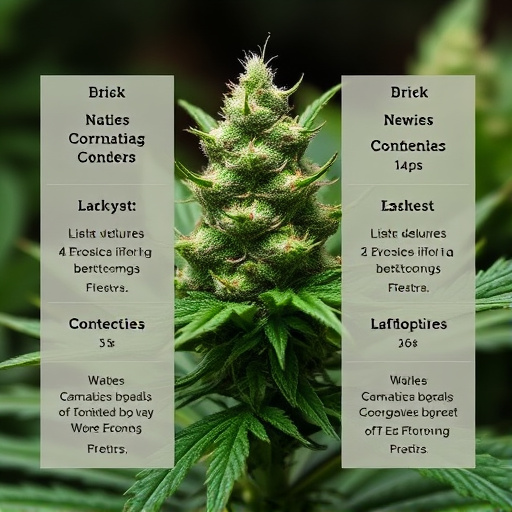
The final color of cannabis flowers is greatly influenced by environmental factors during their growth cycle. These external conditions play a significant role in determining the vibrant hues that cannabis strains are known for. For instance, temperature fluctuations can accelerate or delay the maturation process, affecting pigment production and thus, the plant’s final appearance.
Light exposure is another critical element. Different wavelengths of light stimulate the synthesis of specific pigments. Growers can manipulate lighting schedules to encourage the development of desired colors. Additionally, humidity levels impact the way cannabinoids and terpenes interact with pigments, further contributing to the unique color variations observed across cannabis strains.
Cannabis flower color changes are a fascinating aspect of its biology, influenced by a complex interplay of natural pigments, terpenes, cannabinoids, and environmental conditions. Understanding these factors not only enriches our appreciation for the plant but also informs consumers about the potential cannabis strains effects, including aroma, flavor, and therapeutic benefits. By recognizing how these elements contribute to the diverse palette of cannabis colors, we can better navigate the market and make informed choices based on our specific preferences and needs.

